Search
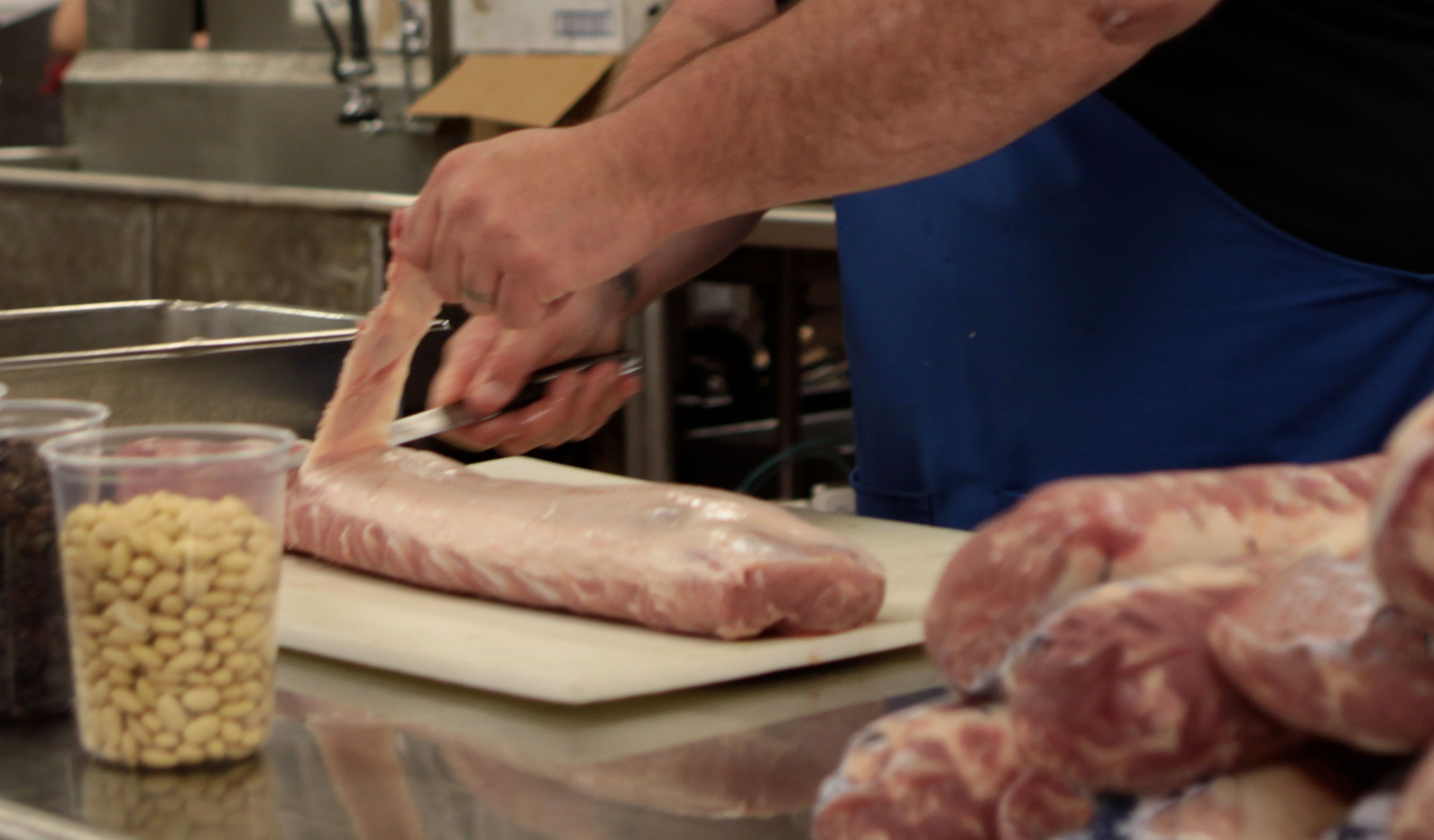
Pork Carcass Fabrication: Primal and Retail Cuts
This article is intended to provide guidance on the proper techniques for fabricating a pork carcass at home.
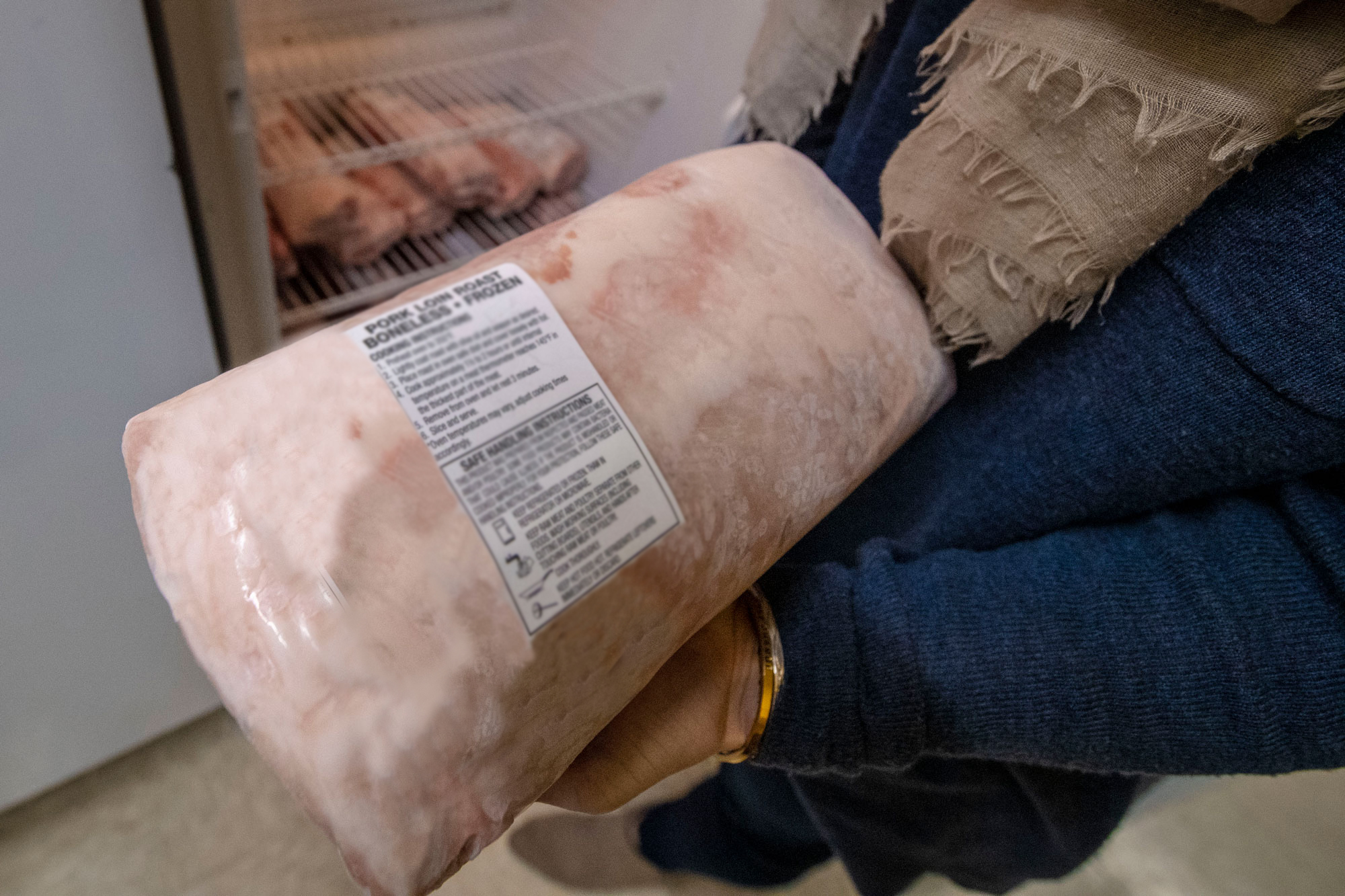
Pork Carcass Fabrication: Packaging and Meat Safety
This article is intended to provide guidance on the proper techniques for packaging meat and storing meat at home.

Scheduling Bedding Plants
Fall is the best time to start scheduling your bedding plant production. Start planning early for next year’s production.

Precautions for Grazing Weevil-Infested Alfalfa
Alfalfa weevil populations are high this year, creating challenges for producers. Questions have arisen on how to get some value out of the forage by grazing it rather than putting it up for hay.
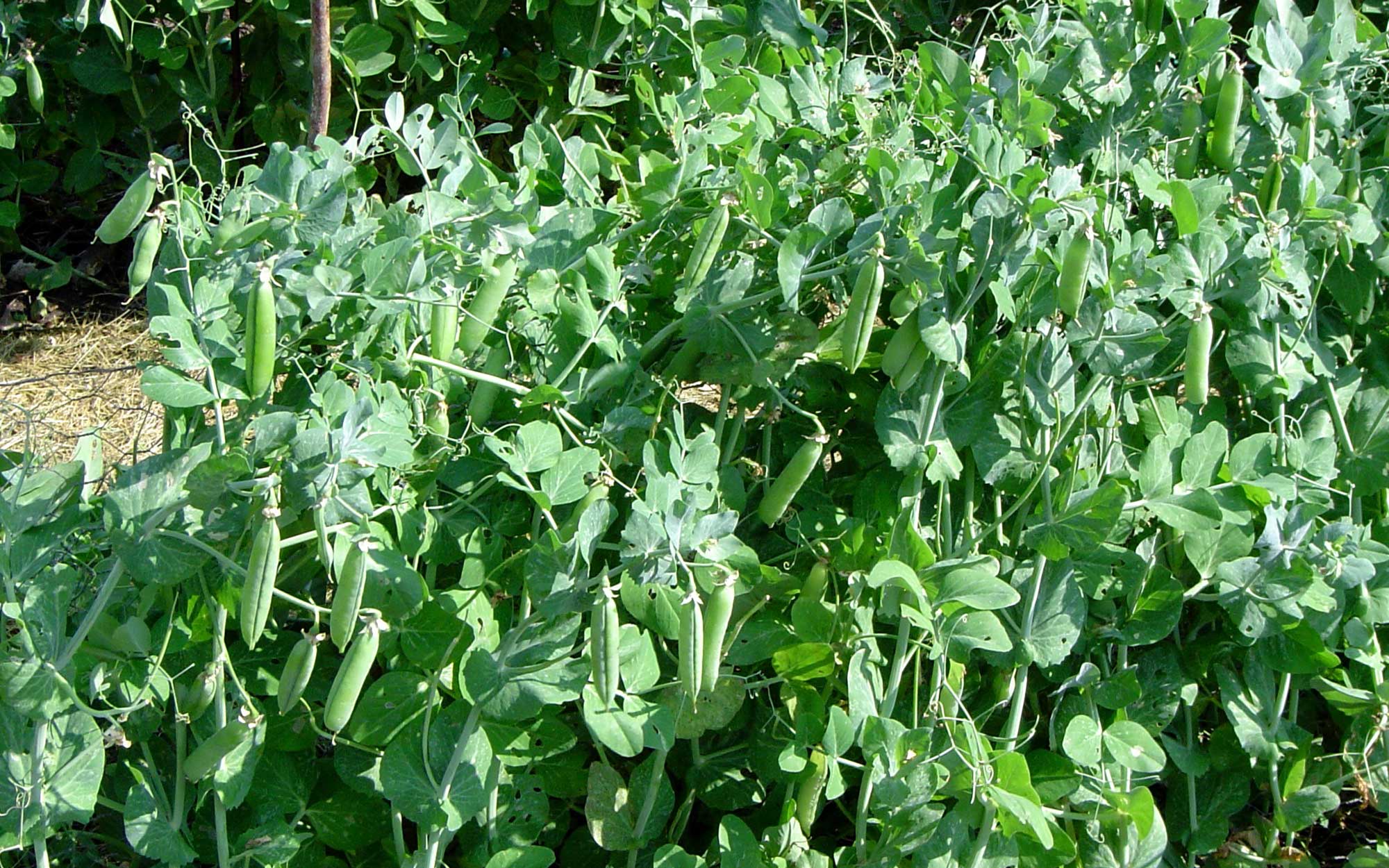
Peas: How to Grow It
The most common type of pea in American gardens is the shelling pea, also called the “garden pea” or “English pea.” Tender, sweet peas are removed from thin, tough pods before eating.

Green Beans: How to Grow It
Snap beans, also called “green beans” or “string beans” (although most modern varieties do not have strings) are harvested when the pods contain immature seeds, and the pods are still succulent.
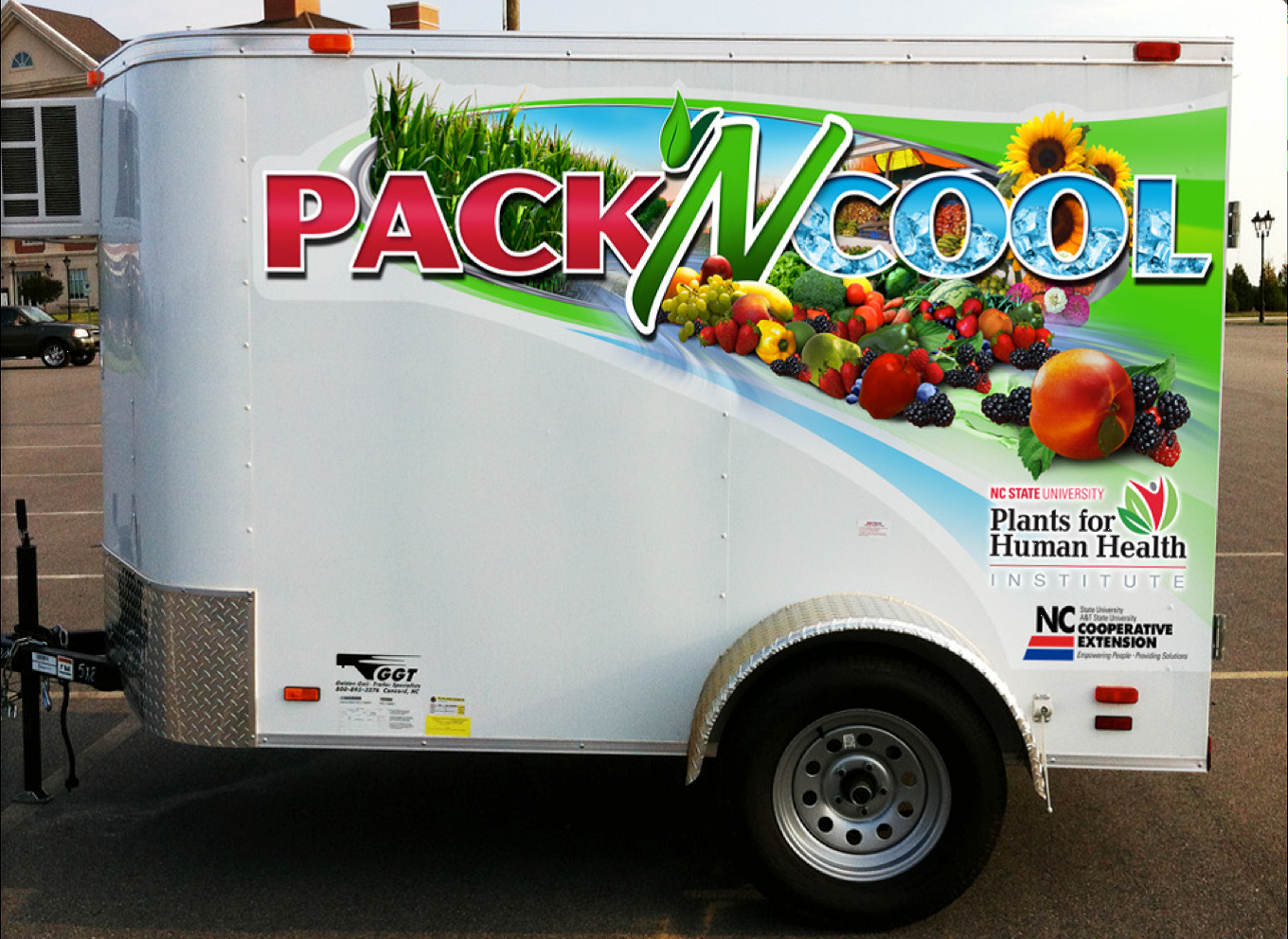
Mobile Walk-in Cooler for Growers
Growers in South Dakota who are looking for an inexpensive way to cool their produce may want to consider a technology adapted by North Carolina State University (NCSU) Researchers.

Production and Utilization of Field Peas, Lentils and Chickpeas in South Dakota
Dry field peas and lentils are high in protein and fiber, have a low glycemic index, are easy to prepare, store well, and are low in cost. Even better they can be produced economically and sustainably in South Dakota as part of diverse no-till crop production systems.
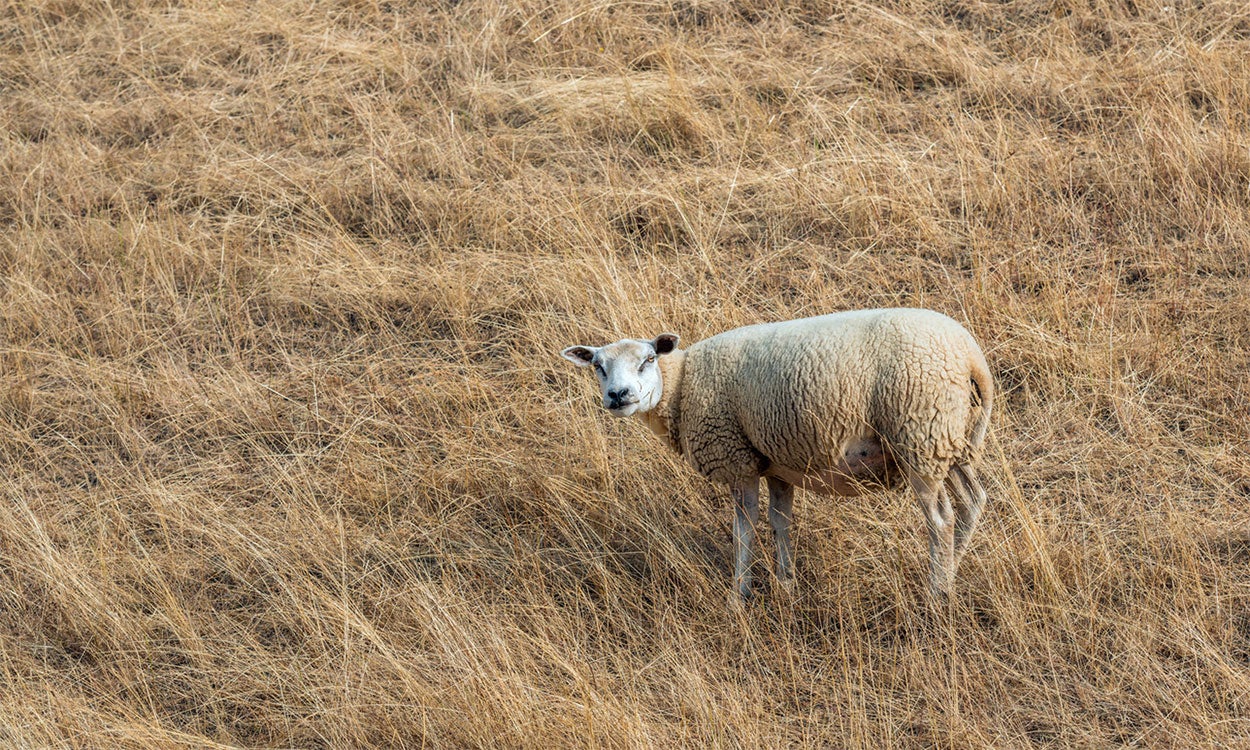
Drought Considerations for Grazing Range Flocks
Having a drought plan in place to best manage pastures is critical in being prepared for next year’s grazing season. Make decisions that will manage risk and promote both flock and financial longevity.

Frequently Asked Questions - Forage Nitrate Toxicity in Ruminant Livestock
A fact sheet to address frequently asked questions about forage nitrate toxicity in ruminant livestock.